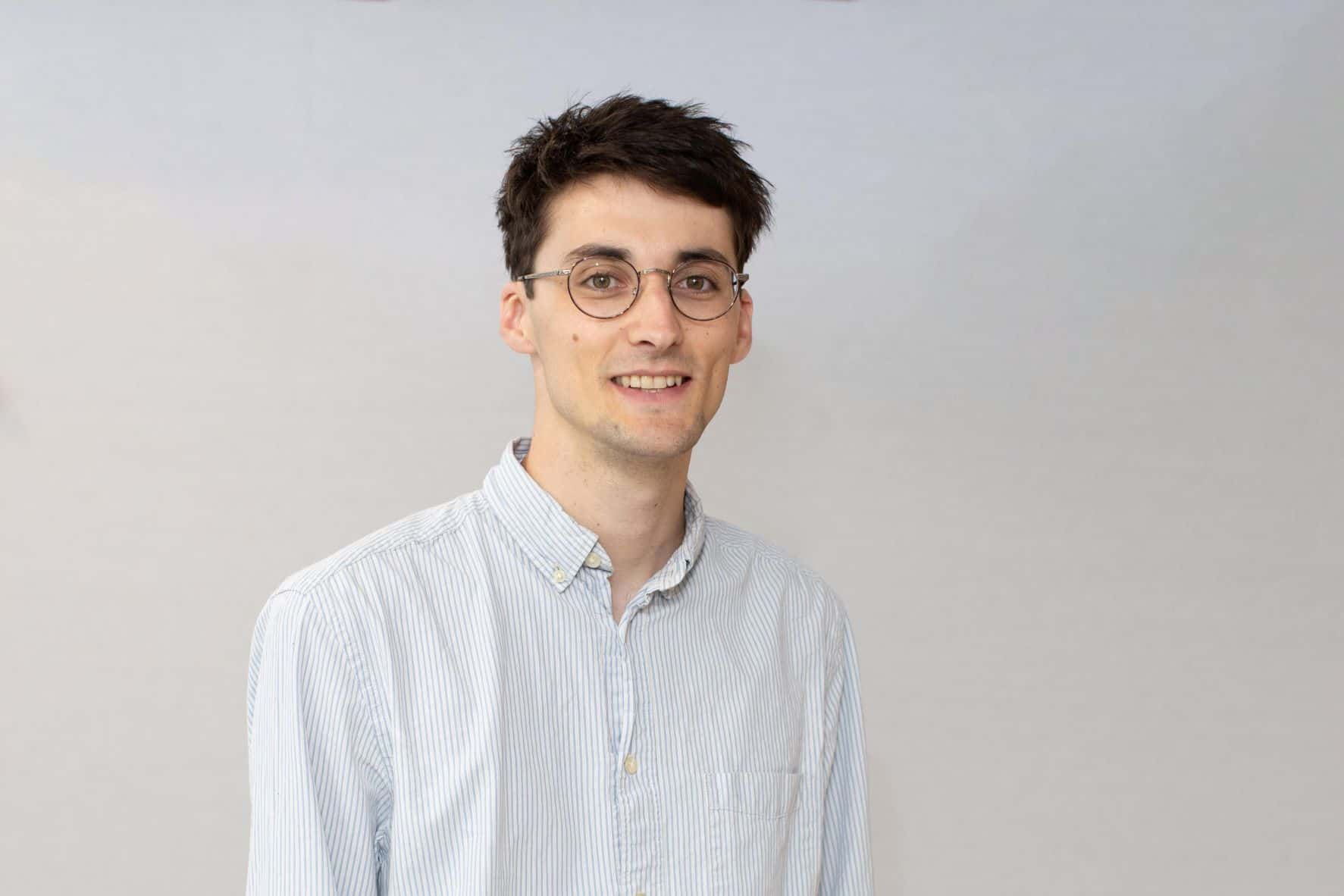Written by Dr Peter Matthews
Metrion Scientist Dr Peter Matthews summarises below his path into electrophysiology and recounts his experiences during his undergraduate and postgraduate studies and beyond.

“I first became interested in the physiology and pharmacology of ion channels during my undergraduate MSci Pharmacology degree at the University of Bristol. This course introduced me to the diverse world of voltage-gated and ligand-gated ion channels, later focussing on the mechanisms by which these membrane proteins function, and how small molecule drugs can correct aberrant activity present in various neurological disorders.
Having developed a passion for studying ion channel function, I sought to gain hands-on laboratory experience with recording their activity. This led me to undertake a 12-month research placement in neurophysiology at the University of Exeter, under the supervision of Prof Andrew Randall and Dr Jonathan Brown. This placement year equipped me with experience in in vitro electrophysiology, performing extracellular field-potential recordings with multi-electrode probes in brain slice preparations studying the propagation of epileptiform activity. This placement introduced me to the fundamentals of not only electrophysiology, but also surfing, having enjoyed summer trips to north Devon. I then returned to Bristol for the 4th year of my studies, intent on completing an ion channel-based neuroscience PhD.
In the final year of my MSci degree, I developed a keen interest in ionotropic glutamate receptors (iGluRs) (AMPA, NMDA, kainate) and their contribution to excitatory synaptic transmission, responsible for information transfer and storage in the brain. Lectures from Prof David Jane sparked my interest in glutamate receptor function and drug design, and a series of lectures from Prof Graham Collingridge on synaptic plasticity highlighted their role in the process of learning and memory. These lectures provided me with an appreciation of iGluR function from a molecular level to physiological function at excitatory synapses – ultimately shaping the choice of my PhD project.
“This role has given me the opportunity to further improve my skillset, having established single-channel recording from outside-out patches, and become familiar with a diverse selection of voltage-gated and ligand-gated ion channels.”
I then secured a place on the PhD programme at the MRC Laboratory of Molecular Biology (LMB), University of Cambridge. Here, I studied the molecular mechanisms of AMPA receptor function at excitatory synapses under the supervision of Dr Ingo Greger and Prof Ole Paulsen. Ultimately, my PhD aimed to understand the molecular processes of fast point-to-point neuronal communication in the mammalian brain. More specifically, this project aimed to identify and characterise the physiology of protein interactions with the AMPA receptor (recent review: https://doi.org/10.1016/j.neuropharm.2021.108709). This invigorating project introduced me to a wealth of novel molecular biology and biochemistry techniques and further expanded my electrophysiology toolset. In between punting on (and falling into) the river Cam, my time at the LMB was spent performing dual whole-cell patch clamp recording in hippocampal brain slices and applying glutamate onto excised outside-out patches of AMPAR expressing cells. These electrophysiological techniques were used to elucidate the function of AMPA receptors at hippocampal synapses, crucial for understanding signal transduction in the brain. Nearing the completion of my PhD, I sought to next apply my experience with electrophysiology to a fast-paced drug development setting to immerse myself in a new, energising scientific environment.
Recently, I started as an electrophysiologist at Metrion Biosciences, where over the past 3-months I have been involved in several different drug development projects. This role has given me the opportunity to further improve my skillset, having established single-channel recording from outside-out patches, and become familiar with a diverse selection of voltage-gated and ligand-gated ion channels. I am thoroughly enjoying my time at Metrion, working with experienced, friendly scientists, whilst constantly challenging myself to learn new skills. I look forward to developing as a scientist in this role and being a part of the company’s continued growth!”
Read next: Charlotte’s Journey into Patch Clamp Electrophysiology
